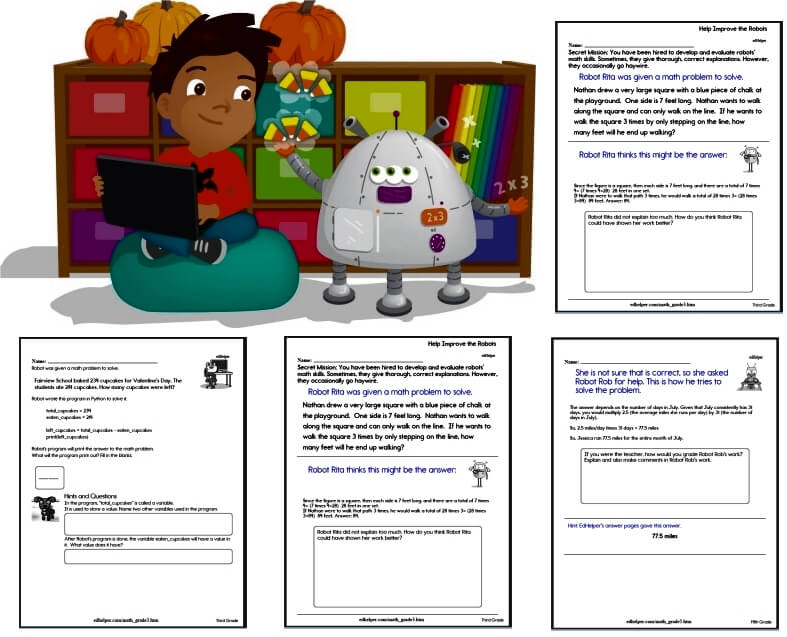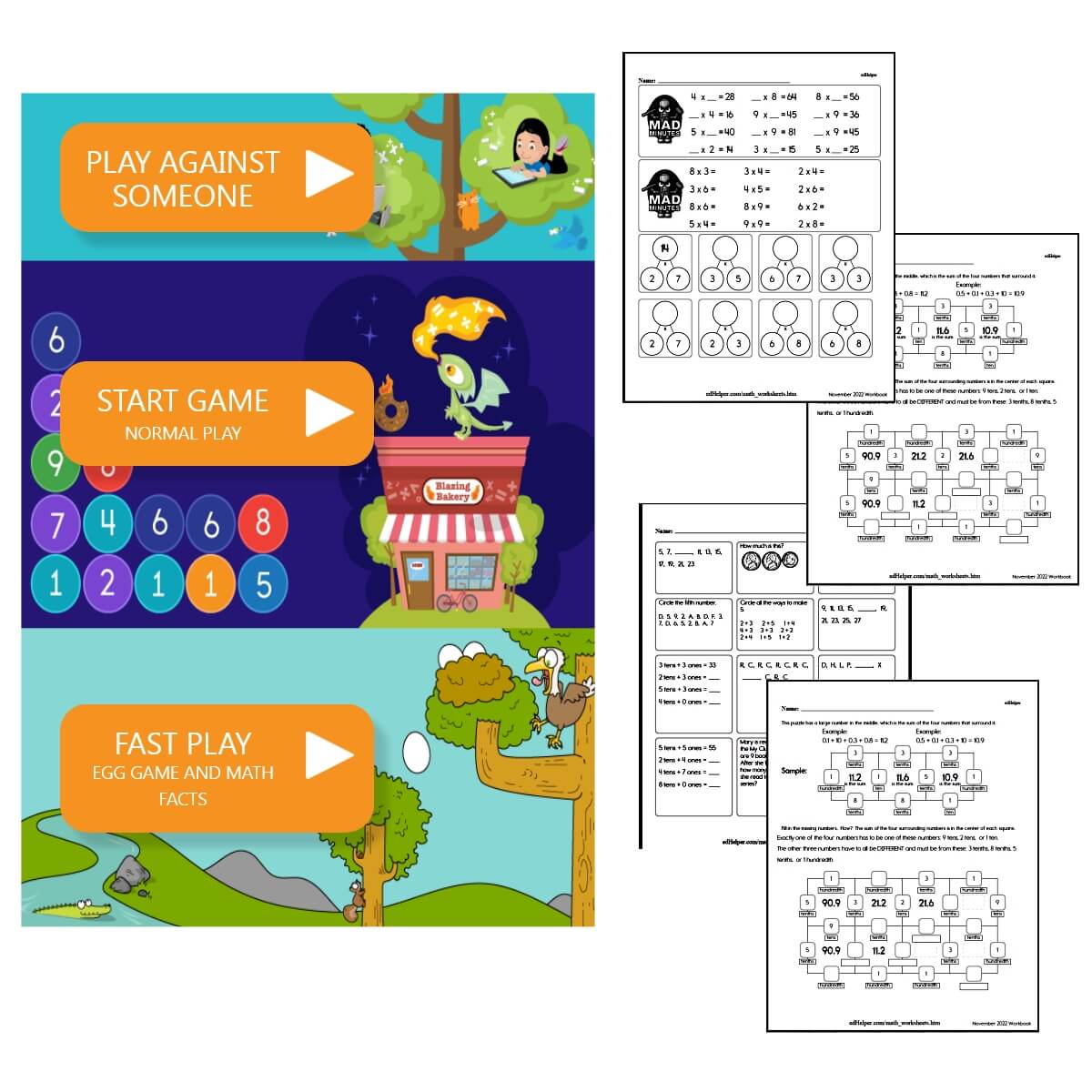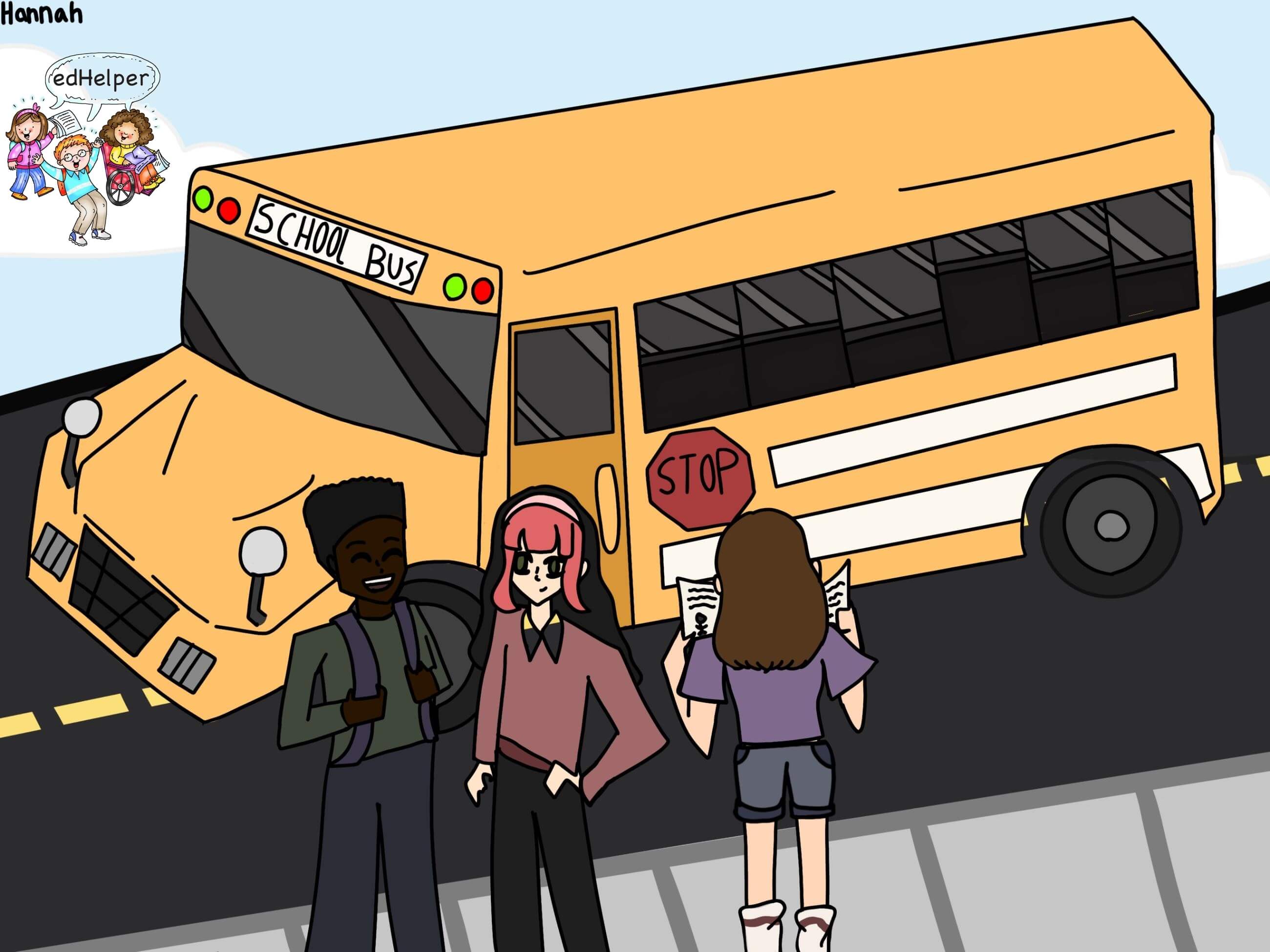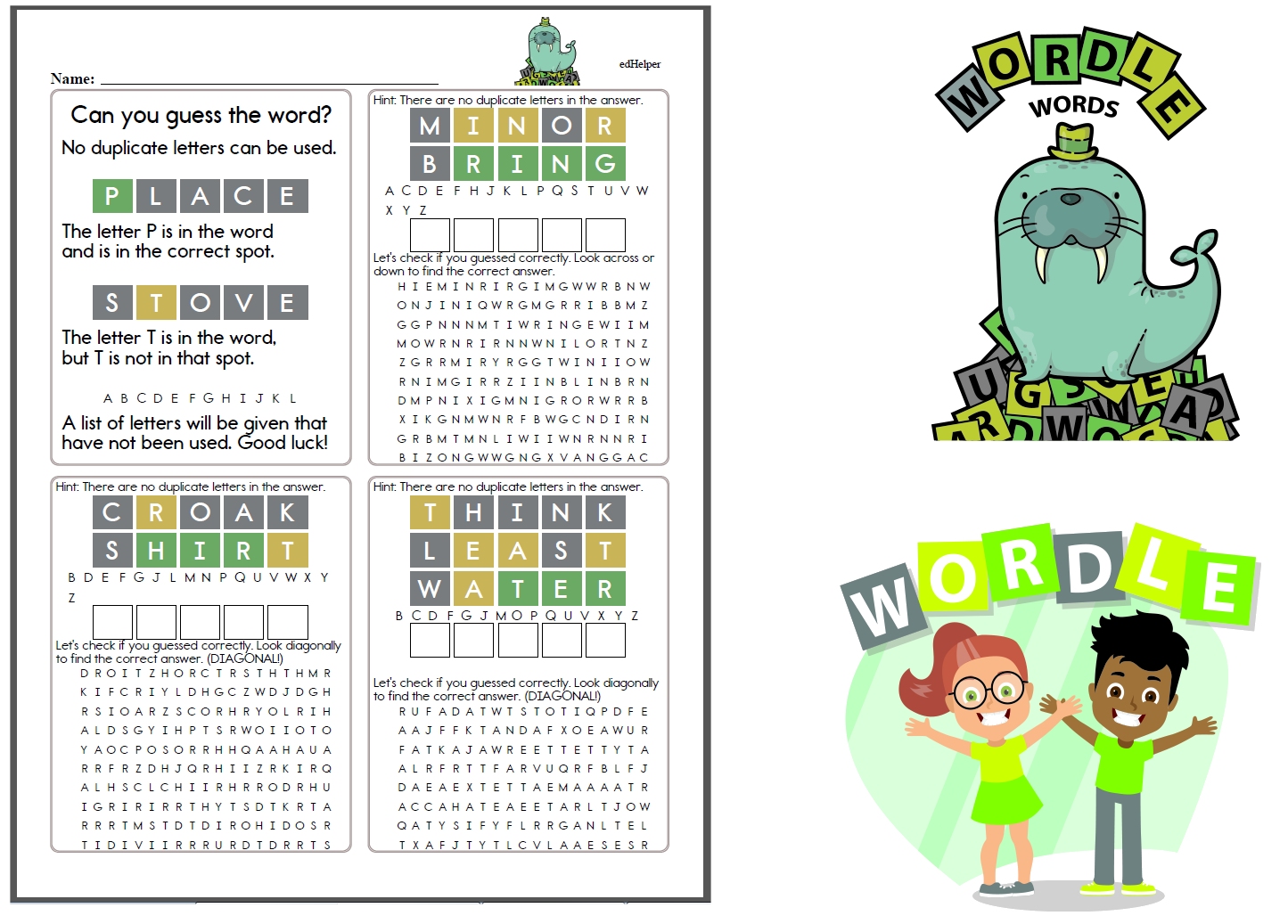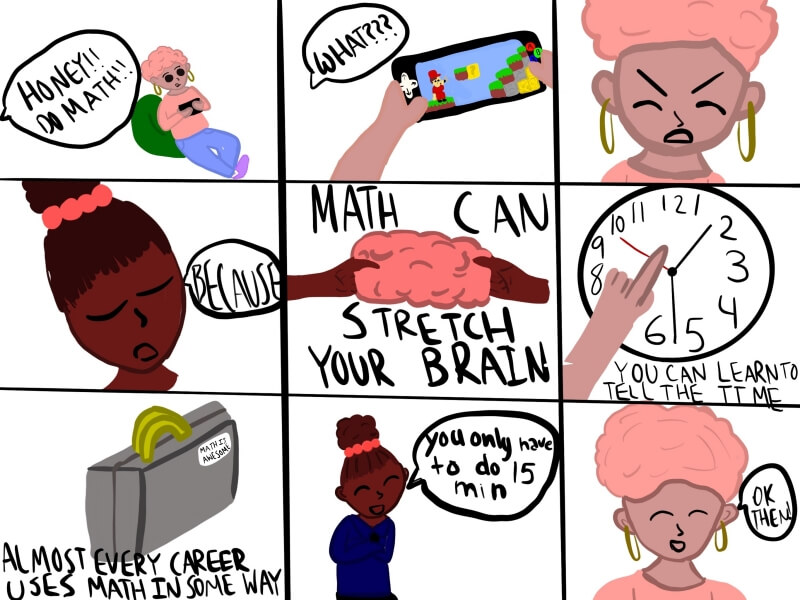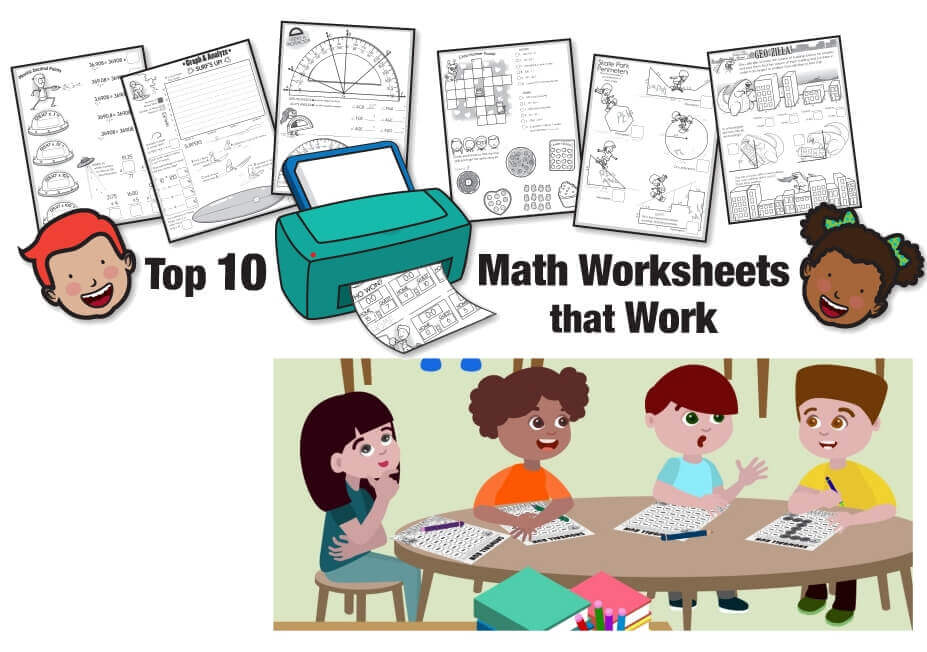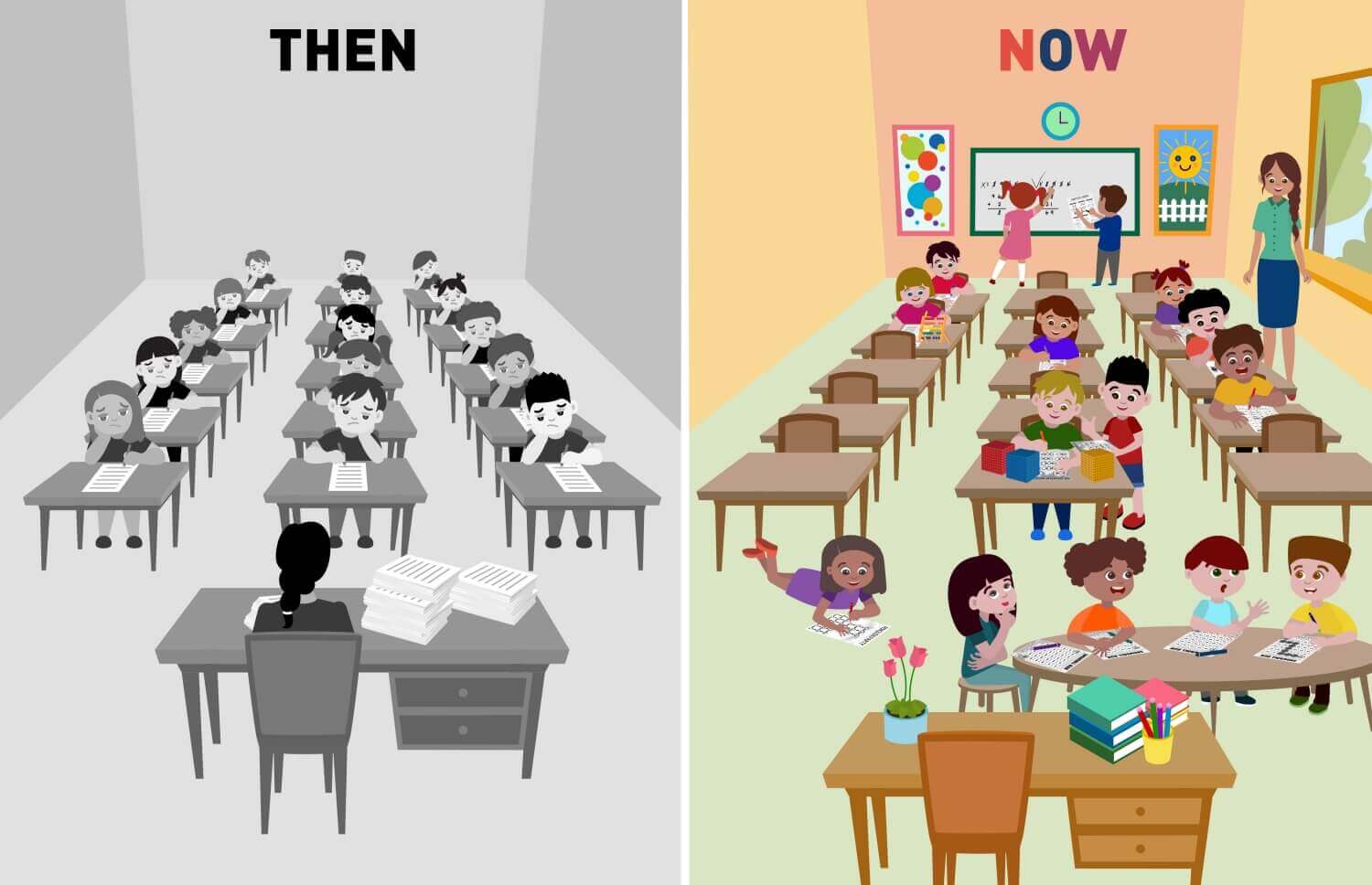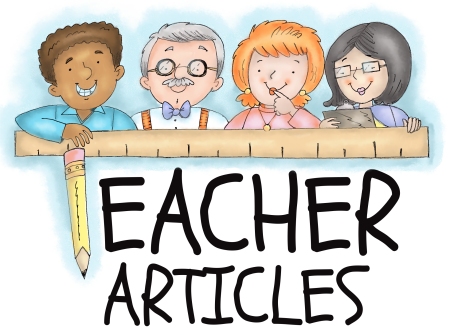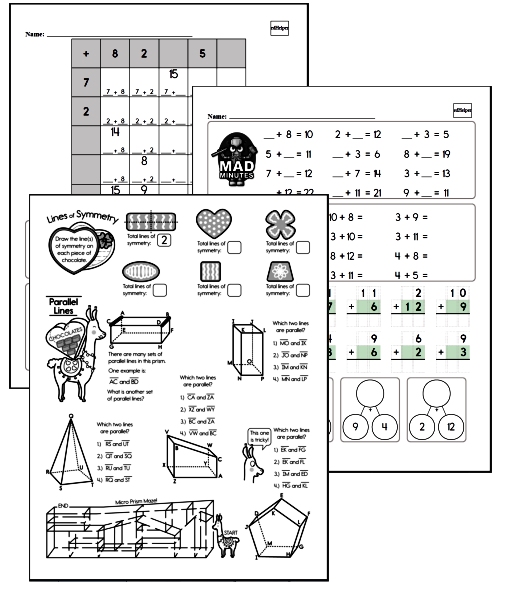Teaching Multiplication to Second Graders (with 5 Multiplication Worksheet Ideas)
By: edHelper Staff
Updated: Mar 3, 2020

Multiple Strategies to Help Students Master (and Understand!) Multiplication
Raise your hand if you've ever heard the dreaded "when are we ever going to have to know this?" question in your classroom. Our students, no matter how old they are, want to know that there is a purpose for their learning. It is hard for them to understand why we put so much emphasis on instilling skillsets and facts that they don't see a purpose for. Depending on your age (and I'm really showing mine here!), many teachers used to preach the importance of multiplication and math fact mastery based on the belief that "you won't be carrying a calculator around in your back pocket for your entire life." Well, plot twist: thanks to smartphones, most of us do carry a calculator around with us all the time. So why teach math? Why teach multiplication? Do our students really need to know these facts? Yes, they do. So how do we do it in a meaningful but fun way that may actually, *gasp* make them forget that they will most likely have a calculator in their pocket?
Grade two is an important year for students to start building a strong mathematics foundation, which includes a good understanding of what multiplication really is. Here are some tips and worksheets to help guide you in presenting basic multiplication concepts to your little ones in ways that they will understand for years to come.
Multiplication Worksheet Freebies for Second Grade Teachers
Get started with some free multiplication worksheets and then read about how to teach multiplication to your class.
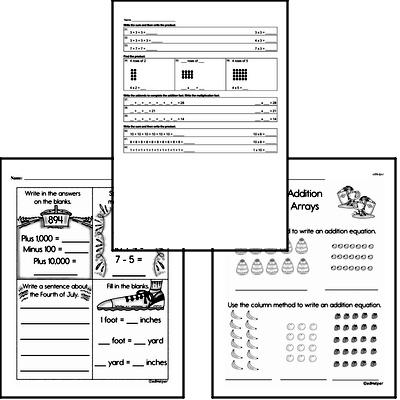
What is the Biggest Hurdle Teaching Multiplication?
Perhaps the biggest hurdle with teaching multiplication is making sure that our students internalize what multiplication is. What does it mean? While it is helpful to memorize a laundry list of facts, it is more helpful when students can visualize and comprehend what those facts actually represent.
It is a big jump to go from addition and subtraction to multiplication, so start with what your students know. Start by demonstrating multiplication as repeated addition. Use pictures and anchor charts to help your class understand that 2x3 is the same a 2+2+2. Ice cream cones and ice cream scoops perfectly illustrate this concept. Paint this picture for your students: Imagine that you and your brother each have an ice cream cone. Your mom splurged and let you each get a triple scoop! How many total scoops of ice cream will you and your brother have in all? This picture, and images like it, help to make multiplication more concrete and solidify meaning.
Bring in Some Books.
Another great way to introduce multiplication is by incorporating math stories into your lessons. We found these multiplication storybooks to be a great place to start. Gather your class on the rug as you use these books to connect your math and ELA standards. Let the authors do the heavy lifting as they talk about the concept of multiplication in ways that are real, funny, and easy to understand.
Start with Something Simple.
Once your students grasp the initial concept of multiplication, start by teaching them the 0 and 1 facts. These two fact families can help solidify their understanding. For example, you can point out that one group of anything is still just one group. If there are 5 baseball cards, but only 1 group of 5, there are just 5 cards. Therefore, 1x5=5. Likewise, introduce the fact that 0 times any number is always 0. If your best friend claims to have a million popsicles in a delivery truck, but the delivery truck never comes around and it makes zero deliveries, how many popsicles does your friend actually have? Zero. There are zero popsicles! He doesn't get one, and neither do you. What a sad but true statement for most third graders! Everyone wants a popsicle! But the property of zero reminds us that any number times zero is still just zero.
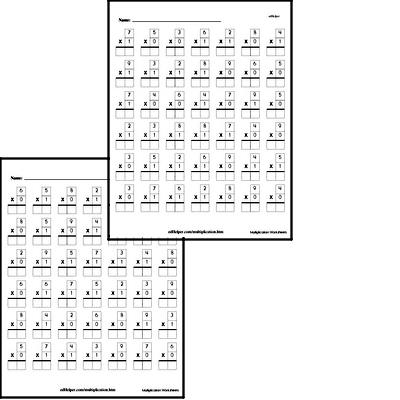
Move on to More.
After the property of zero and one, it's time to move on to more complex facts. Bring on the 5's and 10's. Most students will find these simple to understand as they are used to counting this way.
Once you're ready to move to more daunting digits, it's time to introduce the idea of equal groups and arrays. Both of these visual strategies will help students continue to make meaning of multiplication. Using arrays and drawing equal groups will also help students learn how to use strategies when solving multiplication problems, instead of simply learning to repeat memorized products.
Finally, introduce the multiplication chart . Help your students learn how to read the chart and identify patterns. What do they notice about the numbers? What connections can they make? To many students, math is a mystery. The more they can see relationships between numbers, the more concepts, like multiplication, will make sense.
The multiplication chart can also help introduce the communitive property. It will help students formalize the if/then idea of multiplication. Studying the chart will help them see that if 5x7=35, then 7x5=35. This can also be demonstrated with flipped arrays or using equal groups. The magic is when students make these "a-ha" connections on their own simply by seeing the patterns in the chart.
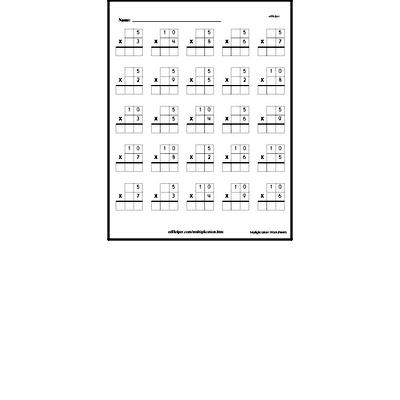
Make Multiplication Fun.
Multiplication is a crucial building block to understanding most math concepts. It is an aspect of math that most of us still use on a daily basis. For that reason, and countless others, it is important that we are helping to ensure that our students have memorized multiplication facts. Most educators agree that in order for a student to have a fact memorized, they should be able to give the answer within three seconds of seeing the problem. That takes practice! That being said, practicing multiplication does not have to be dreaded as flashcard practice can be fun. Why not incorporate multiplication math centers as part of your math block? These ten ideas will help students practice important concepts in ways they will enjoy.
Music is another great way to help make math facts stick.
Catchy math songs will not only get your class moving and grooving but will also help them memorize a variety of math facts. Try playing these whole group for a little mid-lesson dance party or challenge groups of students to each learn a different song. The groups could then put on a karaoke performance for the class, complete with choreography.
Independent practice is also important, but that doesn't mean it can't be enjoyable. These multiplication worksheets are perfect for your students. With a variety of facts, ability levels, and worksheet types to choose from, your students will have plenty of practice and plenty of fun. Math games, like Multiplication BINGO can be played as a class, in small groups, or even individually.
There are several ways to teach your students how to multiply. There are probably as many strategies, tools, and tricks for us as there are facts to memorize for them. Ultimately, choose the ones that will best resonate with your students. The best multiplication strategy is the one that helps your students understand the concept and learn all the facts!
Multiplication Challenge for Your Gifted Second Grade Students - 2 Digit Multiplication
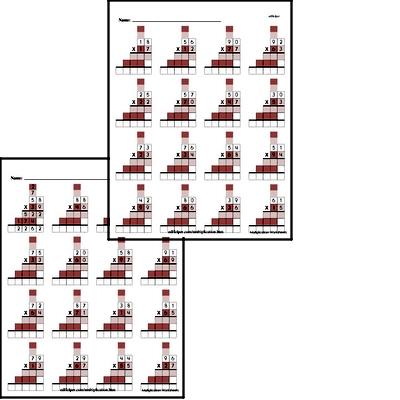
Pictures and Visuals
While repetition in multiplication is important, what's more helpful to second-grade students in the long-run is ensuring their attention is grasped from the get-go. Using worksheets that are structured as generic multiplication tables can be worthwhile for repetitive purposes, but exercises with pictures will ingrain the "why" behind multiplication.
Pictures make it easier to illustrate the difference between multiplicands and multipliers, using pictures of food or animals in groups, compared to having students simply memorize or repeat multiplication tables.
Multiplication Wheels
If you've already explained multiplication concepts to students and feel that they have generally grasped the reason as to why we multiply to begin with, using multiplication wheels might be more of interest to you than using tables.
Multiplication wheels are filled out by multiplying the number in the centre by the numbers surrounding it, adding a twist in your run-of-the-mill multiplication practice!
While both the wheels and tables function by providing a sense of repetition to the students, wheels are more interactive. Students will better feel the need to keep going for the sake of completing the "fun" wheel, rather than completing "bland" multiplication columns.
Word Problems
An early introduction to word problems will help develop students' ability to assess what is being asked of them. Knowing what information to look for and what information to use is a key skill that will be needed in long-term mathematics, and using simple grade two word problems will help tremendously.
It's good to be aware that there are worksheets out there that use all-male names or, in some cases, all-female names, in word problems. Keeping an inclusive atmosphere in the classroom is important, and one way to avoid exclusivity is using worksheets that include neutral objects in word problems, such as animals, trees, items of clothing, etc.
Neutral objects add more reason for students to relate to the word problems and encourage them to be engaged more than word problems that they do not relate with. For instance, a baseball-oriented word problem may not be interesting to a student who does not follow sports.
Grade two is an important year for students to gain a general understanding of why multiplication exists and in what instances we use it to help better our lives. These worksheets will certainly guide them in their multiplication journeys!






